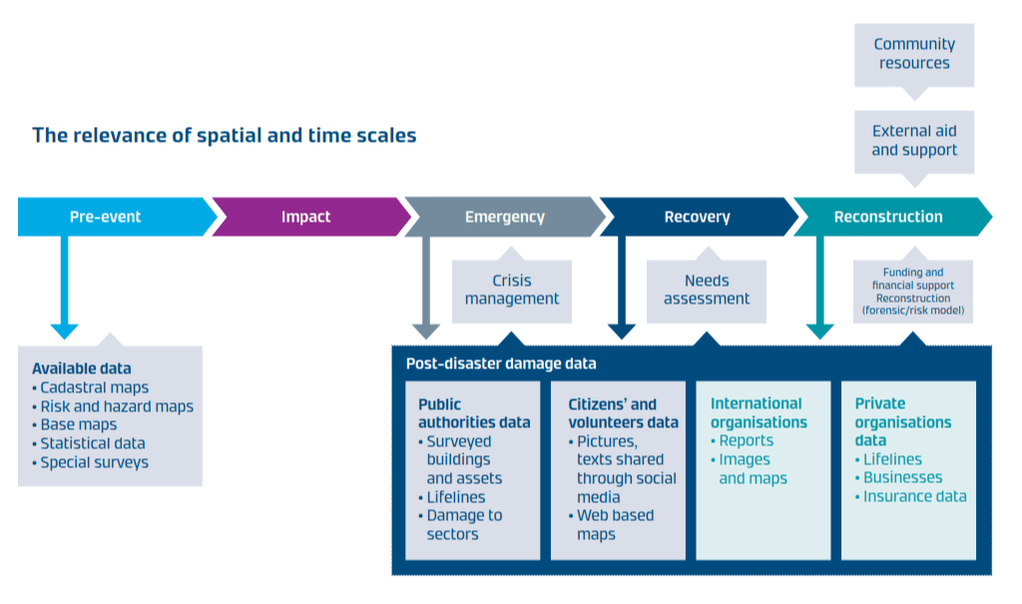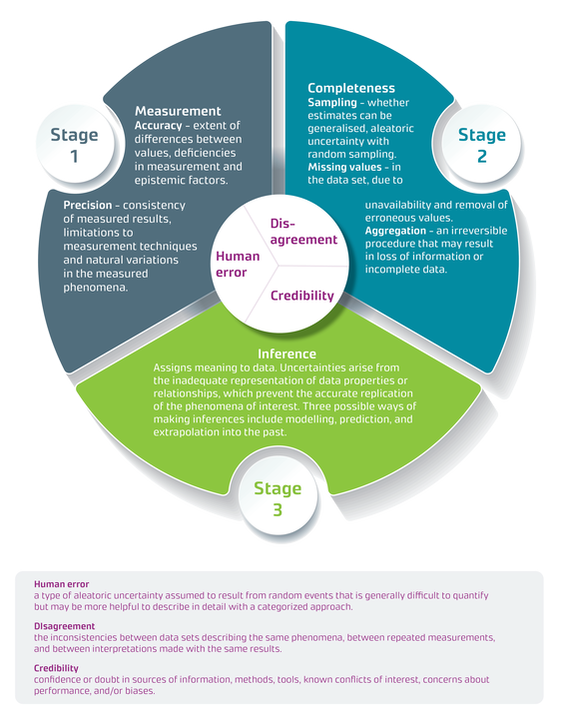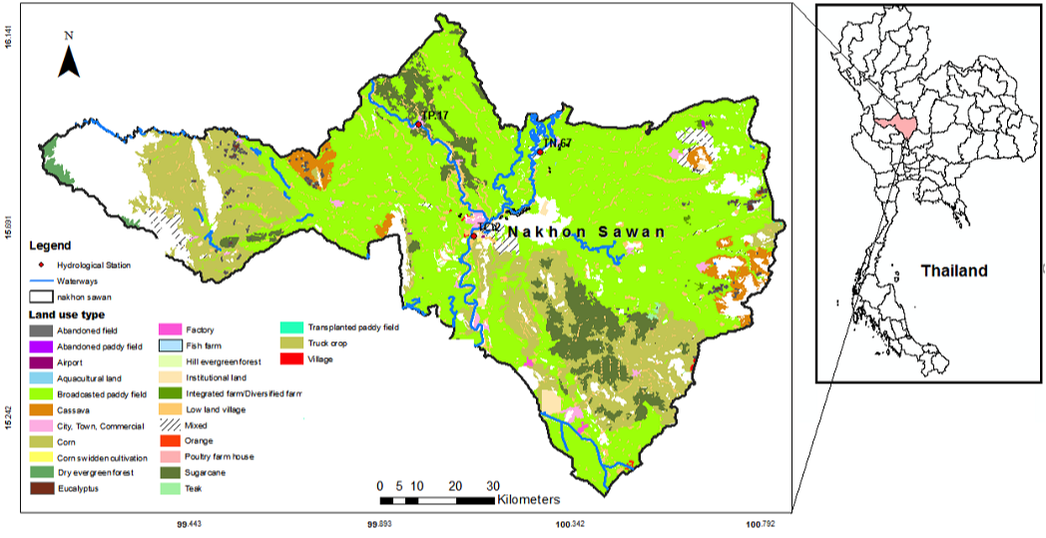Certainty about Communicating Uncertainty: Assessment of Flood Loss and Damage
|
Bapon Fakhruddin
CODATA TG on FAIR Data for DRR Tonkin + Taylor, New Zealand Integrated Research on Disaster Risk (IRDR) |
John Handmer
RMIT University, Melbourne, Australia Integrated Research on Disaster Risk (IRDR) |
Photo by Mika Baumeister on Unsplash


